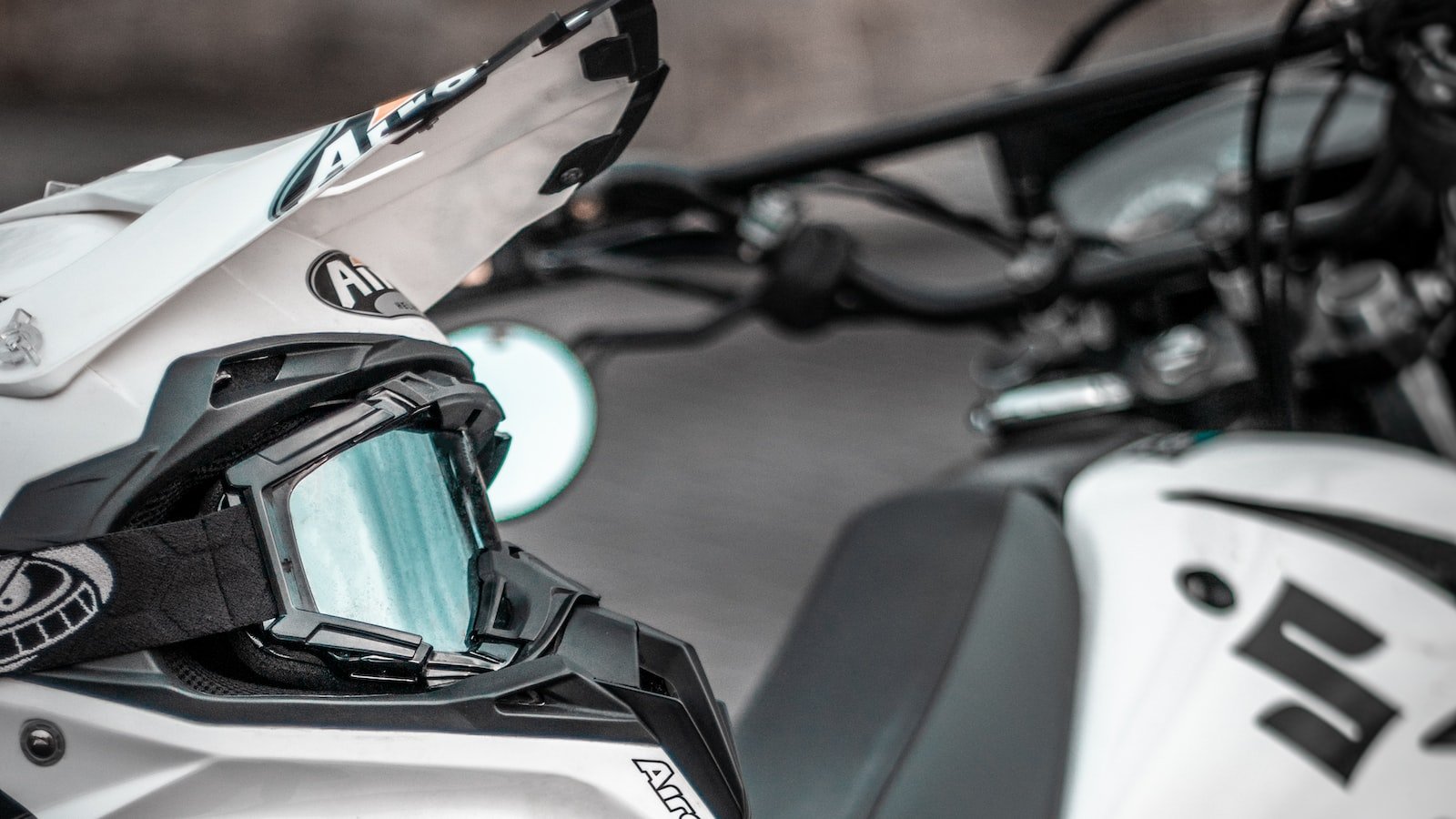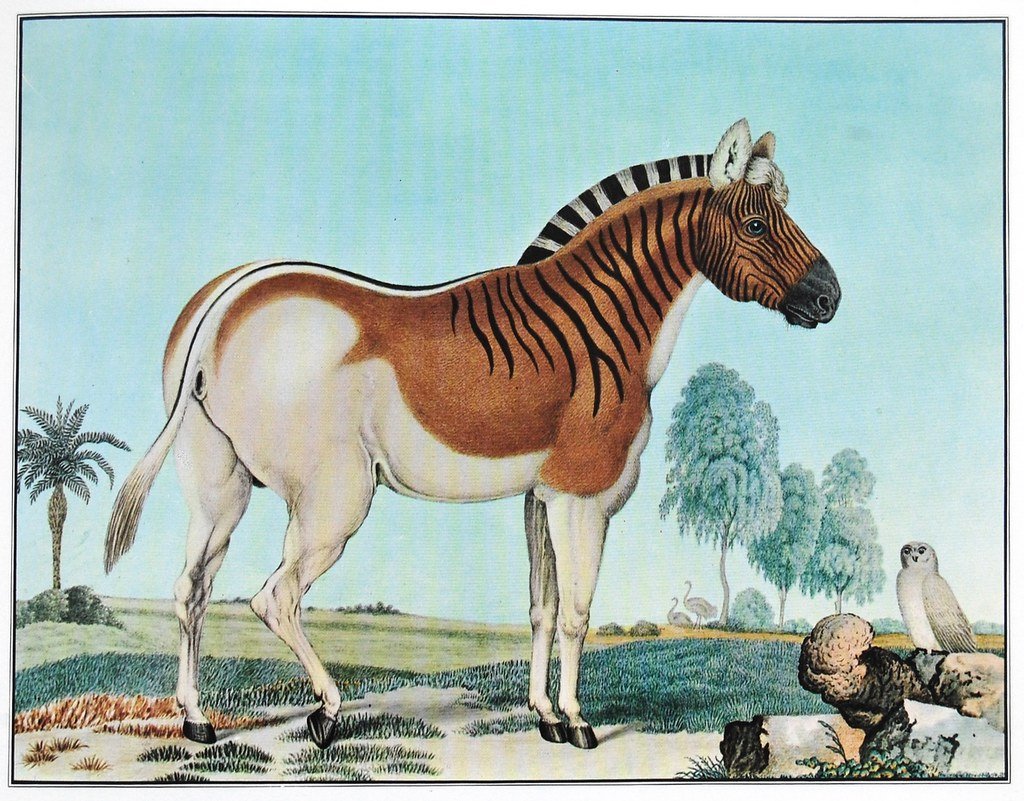With graceful strides, boundless energy, and a determination to capture victory, Greyhounds have earned their reputation as the cheetahs of the dog world. Renowned for their incredible speed, these sleek creatures captivate both spectators and trainers alike. But what does it take to mold these natural-born runners into champions? Enter the world of dog training for Greyhound racing – a realm where honing their innate abilities becomes an art form in itself. In this article, we delve into the secrets behind unleashing the full potential of these remarkable athletes, exploring the methods, techniques, and dedication required to transform a Greyhound into an unstoppable force on the racetrack.
Table of Contents
- Setting the Foundation: Understanding the Unique Training Requirements of Greyhound Racing
- Fine-Tuning the Physical Conditioning: Building Speed and Stamina
- Mastering the Art of Starting: Optimizing the Acceleration Phase
- Enhancing Racing Skills: Developing Efficient Turning Techniques
- Creating a Winning Strategy: Mental Conditioning for Peak Performance
- Q&A
- In Conclusion

Setting the Foundation: Understanding the Unique Training Requirements of Greyhound Racing
Understanding the Unique Training Requirements of Greyhound Racing
Preparing a greyhound for the thrilling world of racing entails no ordinary training regimen. These remarkable dogs possess exceptional speed, agility, and endurance, making their training both challenging and unique. To effectively set the foundation for a successful racing career, trainers must pay careful attention to several key elements.
- Physical Conditioning: Prioritizing a greyhound’s physical well-being is paramount. Training routines encompass a variety of exercises, including sprints, endurance runs, and specialized strength training. Regular veterinary check-ups, proper nutrition, and a strict exercise schedule are essential for their optimal performance.
- Mental Stimulation: Beyond physicality, the mental capabilities of greyhounds are equally crucial. Engaging their curious and intelligent minds through interactive play, puzzles, and training exercises enhances their focus and learning ability. Mental stimulation also helps prevent boredom and anxiety, ensuring a well-rounded racing athlete.
- Starting Blocks and Racing Equipment: Familiarizing greyhounds with racing paraphernalia is a fundamental step. Introducing them to starting blocks, muzzles, and racing jackets at an early stage helps them acclimate to the racing environment. Regular exposure reduces stress and prepares greyhounds to seamlessly adapt to race-day situations.
By comprehending the unique training requirements of greyhound racing, trainers can establish a solid foundation for these incredible athletes. Attention to both their physical and mental needs, as well as introducing them to racing equipment, ensures that greyhounds are prepared to embrace the exhilarating world of competitive racing with ease.

Fine-Tuning the Physical Conditioning: Building Speed and Stamina
When it comes to achieving peak performance, fine-tuning your physical conditioning is essential. While strength and endurance are crucial, focusing on building speed and stamina can take your athletic abilities to new heights. Here are some effective strategies to help you optimize these vital aspects of your training:
- Vary Your Workouts: Incorporate a mix of high-intensity interval training (HIIT) and endurance exercises into your routine. This combination will challenge your body and prepare it for both short bursts of explosive movements and prolonged periods of sustained effort.
- Integrate Plyometric Training: Plyometric exercises involve quick and powerful movements that promote muscle power and speed. Including exercises like box jumps, squat jumps, and lateral bounds can help enhance your explosiveness and overall quickness.
- Utilize Speed Drills: Incorporate speed drills into your training sessions to improve your acceleration and top speed. Sprints, shuttle runs, and ladder drills are excellent options to increase your foot speed and agility.
- Implement Endurance Training: Building stamina is just as crucial for athletic performance. Long-distance runs, steady-state cardio, and cycling can all help enhance your cardiovascular endurance, enabling you to perform at high levels for extended periods.
- Rest and Recovery: Adequate rest and recovery are fundamental to any training regimen. Ensure you allow your body ample time to recuperate and adapt to the demands of your workouts. This will prevent overtraining and reduce the risk of injuries.
Remember, building speed and stamina requires consistency, dedication, and patience. By incorporating these strategies into your training routine, you’ll be well on your way to achieving your athletic goals and surpassing your personal bests.

Mastering the Art of Starting: Optimizing the Acceleration Phase
Optimizing the Acceleration Phase: Reach New Heights
Embarking on a new venture can be exhilarating, but it requires careful planning and execution to ensure a successful takeoff. In this post, we’ll uncover the essential strategies for mastering the art of starting and optimizing the acceleration phase. By leveraging these proven techniques, you’ll be equipped to propel your endeavors to new heights.
First and foremost, envision your goals. Clearly defining your objectives will lay the foundation for your entire journey. It’s essential to have a clear roadmap in mind, outlining the steps necessary to transform your vision into reality. As you navigate through this phase, adaptability is key. Be flexible and open to adjusting your strategy as needed, while staying true to your core goals.
In addition, surround yourself with a dynamic team that shares your passion and dedication. Collaboration and diversity of skills are vital to ensure comprehensive coverage of all necessary aspects. Together, you can harness a powerful synergy that drives momentum during the acceleration phase. Encourage open communication, brainstorming, and idea sharing to maximize the potential for groundbreaking innovation.
Moreover, don’t underestimate the importance of seeking expert advice and learning from those who have already charted similar journeys. Mentorship and networking play crucial roles in propelling your acceleration phase. Explore industry events, conferences, and workshops that offer invaluable insights and opportunities to connect with seasoned professionals.
Lastly, regularly assessing your progress is vital for fine-tuning your approach. Frequently evaluate milestones, and celebrate achievements along the way. Embrace challenges as opportunities for growth, and continuously strive for improvement. With determination, focus, and these strategies in your arsenal, you’ll maximize your chances of a prosperous acceleration phase, setting the stage for an extraordinary journey ahead.
Enhancing Racing Skills: Developing Efficient Turning Techniques
Racing requires a combination of speed, precision, and excellent turning techniques. To enhance your racing skills and become a proficient racer, it is essential to develop efficient turning techniques that can help you navigate the track smoothly and swiftly. Here are some key strategies that can take your turning skills to the next level:
- Mastering the racing line: The racing line is the optimal path around a track that allows you to maintain maximum speed and control during a turn. Practice hitting the racing line consistently to improve your turning efficiency. Focus on positioning your vehicle on the inside of the turn during the approach, apex, and exit points, maximizing your traction and reducing the distance traveled.
- Trail braking: Trail braking is a technique that involves applying the brakes while turning to adjust the weight distribution of your vehicle and maintain balance. By gradually releasing the brakes during the turn, you can optimize your speed and exit the corner smoothly. However, it requires practice and finesse to avoid over-braking and losing control.
- Smooth inputs and weight transfer: When entering a turn, it is crucial to smoothly transition from braking to accelerating while shifting the weight of your vehicle. Gradual and controlled inputs ensure a stable and responsive turn. Experiment with different techniques to understand your vehicle’s handling characteristics and find the most efficient way to transfer weight during turning.
Remember that enhancing your turning techniques is a gradual process that requires consistent practice and experimentation. Implement these strategies while keeping in mind the specific requirements of each track and the unique characteristics of your vehicle. With time and dedication, you’ll notice significant improvements in your racing skills and enjoy the exhilaration of efficient turning on the race track.
Creating a Winning Strategy: Mental Conditioning for Peak Performance
When it comes to achieving peak performance, physical training is just one piece of the puzzle. Mental conditioning plays a vital role in determining the outcome of any endeavor. Whether you’re an athlete, business professional, or aspiring artist, your mindset can make all the difference between success and failure.
In order to develop a winning strategy, it’s important to understand the power of focus and goal setting. By clearly defining your objectives and breaking them down into smaller, achievable milestones, you can ensure that your efforts are directed towards tangible results. Utilize visualization techniques and affirmations to cement your goals in your mind, keeping you motivated and on track.
Additionally, managing stress and building resilience are crucial aspects of mental conditioning. Explore relaxation techniques such as deep breathing exercises, meditation, or yoga to create a sense of calmness and clarity in the face of pressure. Seek to develop a growth mindset, embracing challenges as opportunities for growth rather than obstacles. Surround yourself with a supportive network and engage in positive self-talk to boost your confidence and stay mentally resilient.
- Focus and goal setting
- Visualization techniques and affirmations
- Managing stress and building resilience
By implementing these practices into your mental conditioning routine, you can elevate your performance to new heights. Remember, a winning strategy requires a strong mind as well as a strong body.
Q&A
What are the key factors in dog training for greyhound racing?
The key factors in dog training for greyhound racing include proper conditioning and fitness, obedience training, and teaching the dog to chase the lure effectively.
In Conclusion
As we bid farewell to our comprehensive dive into the world of dog training for greyhound racing, it becomes clear that speed not only defines the essence of this magnificent sport but also highlights the tremendous responsibility we, as humans, carry in nurturing these exceptional athletes. From understanding their innate instincts to harnessing their inherent skills, we have explored the carefully tuned mechanics that propel these remarkable canines toward glory on the racetrack.
Throughout this journey, we have glimpsed at the numerous facets that contribute to the success of a greyhound racer. It is a seamless blend of rigorous physical conditioning, mental stimulation, and an unwavering bond between humans and dogs. As trainers and caretakers, we find ourselves in awe of the sheer velocity these graceful creatures possess, and privileged to be part of their journey.
But let us not forget the importance of ethical conduct and the well-being of these magnificent athletes. Behind the thrill of the race, lies a community dedicated to ensuring the welfare of these dogs extends far beyond the finish line. It prompts us to pause and reflect on the vital role that proper training and responsible ownership play in their lives.
The world of greyhound racing, much like the sport itself, constantly evolves. With advancements in training methods, research, and an increasing awareness of animal welfare, it is our collective duty to continue striving for excellence. Only then can we truly offer these noble hounds the extraordinary lives they deserve.
So, as we part ways, let us adhere to the principles of compassion and commitment, guiding us on the path to remarkable partnerships between man and greyhound. As these extraordinary athletes blur past the finish line, let the wind they leave in their wake remind us of the exhilarating journey this article has revealed.
May this exploration into dog training for greyhound racing serve as a testament to the need for speed, coupled with the unwavering dedication to fostering the exceptional potential within these beloved animals. Together, let us continue to honor their remarkable spirits, forever inspiring others to appreciate the beauty of the chase.
As an affiliate, my content may feature links to products I personally use and recommend. By taking action, like subscribing or making a purchase, you’ll be supporting my work and fueling my taco cravings at the same time. Win-win, right?
Want to read more? Check out our Affiliate Disclosure page.